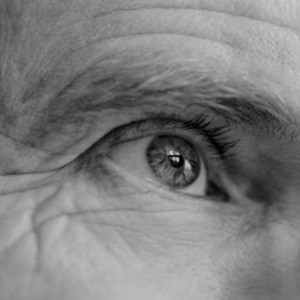In collaboration with Jen Ryan and Bradley Buchsbaum at the  Rotman Research Institute, we are studying how visual search changes with aging. This includes how long it takes to find an object in a scene, but also changes in the structure of visual scanpaths.
Rotman Research Institute, we are studying how visual search changes with aging. This includes how long it takes to find an object in a scene, but also changes in the structure of visual scanpaths.
We are also working with patients with Alzheimer’s disease in collaboration with Dr.Andres Lozano and partners at Toronto Western Hospital (Krembil Neuroscience Centre). We recently found that the pupil, which changes size when viewing remembered images, fails to show memory modulation in individuals with Alzheimer’s disease, and shows only a blunted response for aged individuals at-risk for AD. The pupil may seem unrelated to the brain, but many articles have demonstrated how pupil size and dynamics can track various changes in behavior and cognition. This may be one measure to help diagnostics or to follow the progress of treatments. The drawback is that many brain/cognitive processes can funnel into one output measure (pupil fluctuations), so tracking back to the source of the effects will be challenging. In addition, this study was a small-cohort study; replication with larger pools of individuals would help in generalizing the results.
Any researchers interested in using the images we created for the memory task, or any other details that might support further study, are encouraged to email us.
Relevant Publications:
Dragan MC, Leonard TK, Lozano AM, McAndrews MP, Ng K, Ryan JD, Tang-Wei DF, Wynn JC, and Hoffman KL (2016) Pupillary responses and memory-guided visual search reveal age-related and Alzheimer’s-related memory decline. Behavioural Brain Research DOI:10.1016/j.bbr.2016.09.014
Wynn JS, Bone M, Dragan MC, Hoffman KL, Buchsbaum BR and Ryan JD (2016)Selective scanpath repetition during memory-guided visual search. Visual Cognition 24(1) 15-27 DOI:10.1080/13506285.2016.1175531
